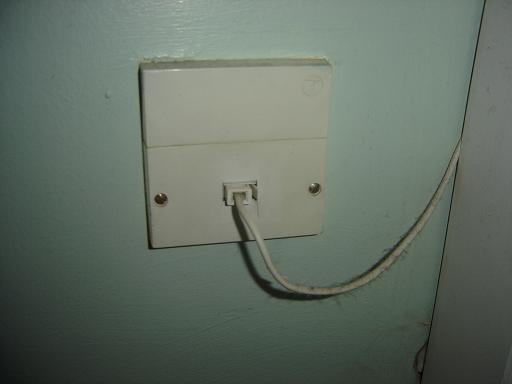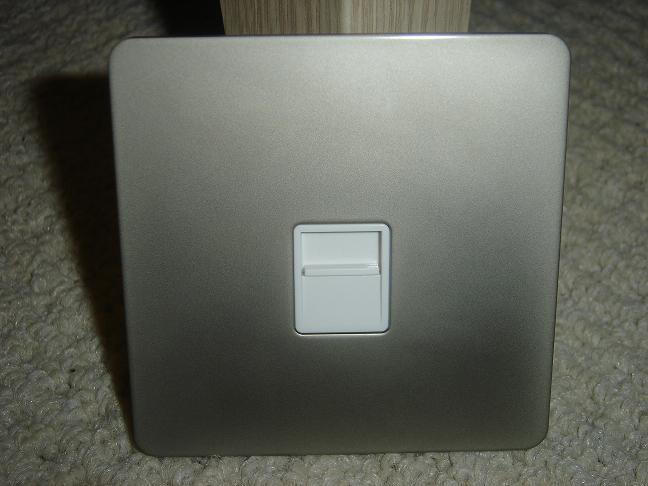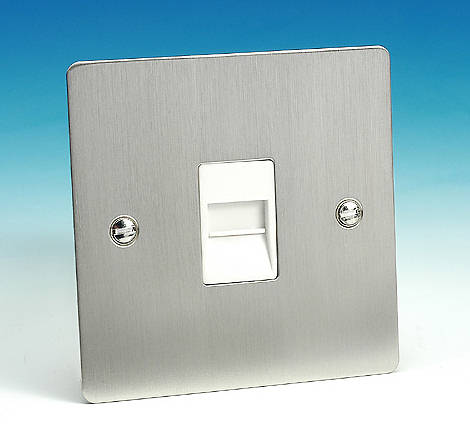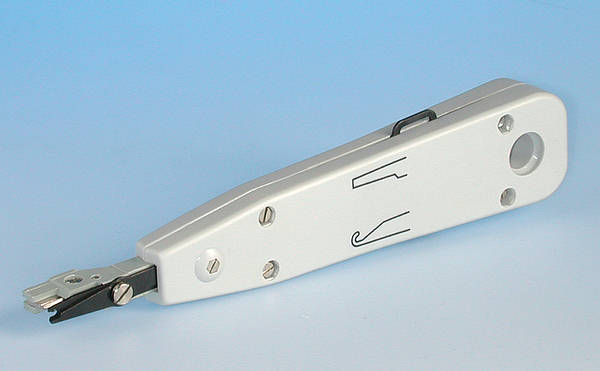Hi All,
I have changed all the switches and plug sockets in my house and now want to change the telephone socket.
Is it going to be possible to swap the old socket in white which i believe is a NTE5 socket, with the new silver flat plate one which is also pictured.
I have also added a pic of the back of the new socket.
Any info would be great.
I have changed all the switches and plug sockets in my house and now want to change the telephone socket.
Is it going to be possible to swap the old socket in white which i believe is a NTE5 socket, with the new silver flat plate one which is also pictured.
I have also added a pic of the back of the new socket.
Any info would be great.






